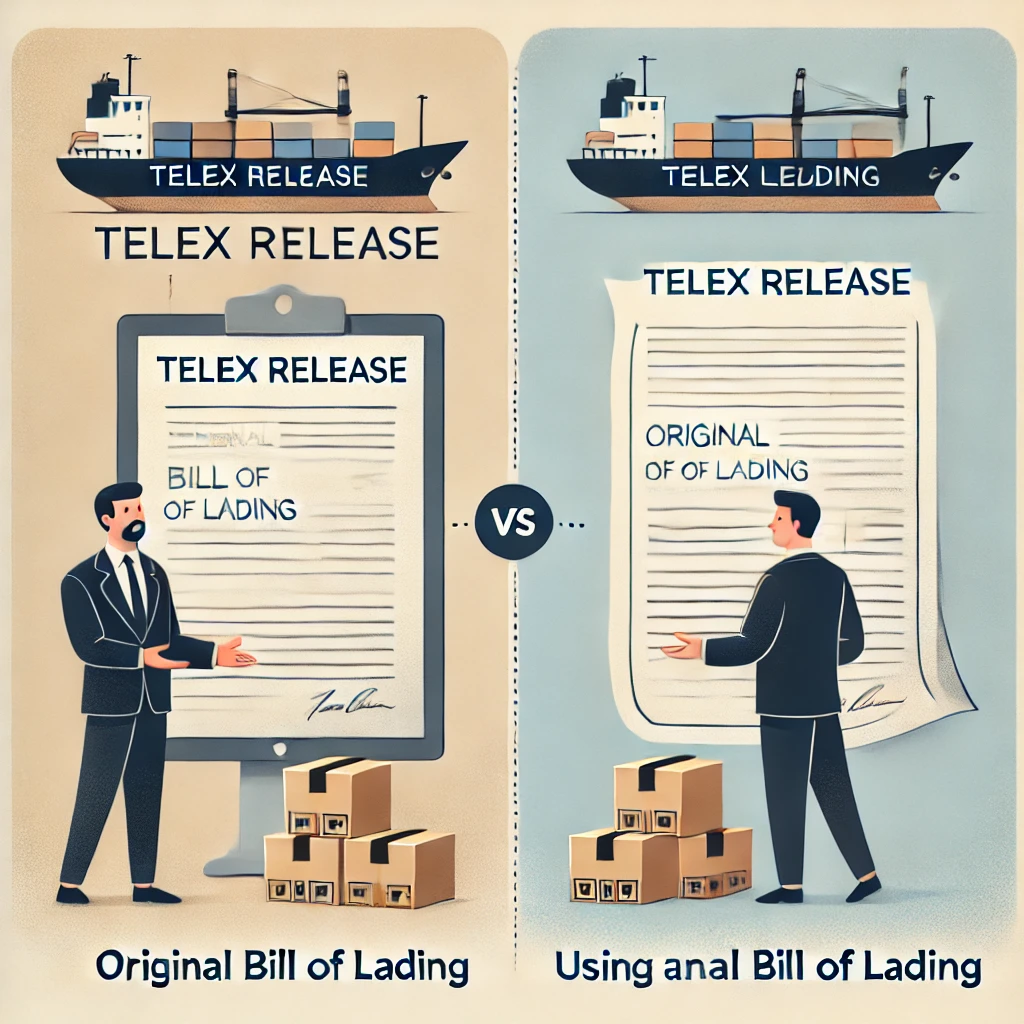Record of Delivery Documents for Import Shipments to USA: A Comprehensive Guide

Understanding Import Shipments to USA
Before diving into the specific documents, it’s important to understand the context of import shipments to the USA:
- Definition: Import shipments are goods brought into the United States from foreign countries.
- Regulation: These shipments are regulated by U.S. Customs and Border Protection (CBP).
- Purpose of Documentation: To verify the legality, value, and nature of the imported goods.
Essential Record of Delivery Documents for Import Shipments to USA
The following documents are crucial for importing goods into the United States:
1. Commercial Invoice
- Purpose: Provides details about the transaction between buyer and seller.
- Key Information:
- Buyer and seller information
- Description of goods
- Quantity
- Unit price and total value
- Terms of sale (Incoterms)
- Country of origin
2. Bill of Lading (BOL) or Air Waybill (AWB)
- Purpose: Serves as a receipt of goods and contract of carriage.
- Key Information:
- Shipper and consignee details
- Description of goods
- Vessel or flight information
- Port of loading and discharge
- Terms of carriage
3. Packing List
- Purpose: Provides detailed information about the shipment’s contents.
- Key Information:
- Itemized list of goods
- Quantity, weight, and dimensions of each package
- Marks and numbers on packages
4. Entry Summary (CBP Form 7501)
- Purpose: Official document for declaring imported goods to CBP.
- Key Information:
- Importer of record
- Detailed description of goods
- Harmonized Tariff Schedule (HTS) classification
- Country of origin
- Value of goods
5. Certificate of Origin
- Purpose: Verifies the country where the goods were manufactured or produced.
- Key Information:
- Description of goods
- Country of origin
- Certifying statement
6. Arrival Notice
- Purpose: Notifies the consignee that the shipment has arrived at the port of entry.
- Key Information:
- Vessel or flight details
- Estimated time of arrival
- Description of goods
- Instructions for cargo release
7. Import License (if applicable)
- Purpose: Required for certain regulated goods.
- Key Information:
- Type of goods
- Quantity allowed for import
- Validity period
8. Customs Bond
- Purpose: Guarantees payment of duties, taxes, and fees to CBP.
- Types:
- Single Entry Bond
- Continuous Bond
9. Proof of Delivery (POD)
- Purpose: Confirms that the goods have been delivered to the consignee.
- Key Information:
- Date and time of delivery
- Recipient’s signature
- Any notations about the condition of goods
Importance of Proper Documentation
Maintaining accurate records of delivery documents for import shipments to USA is crucial for several reasons:
- Customs Clearance: Facilitates smooth and quick clearance of goods.
- Legal Compliance: Ensures adherence to U.S. import regulations.
- Duty and Tax Assessment: Allows for correct calculation of applicable duties and taxes.
- Dispute Resolution: Provides evidence in case of discrepancies or legal issues.
- Supply Chain Visibility: Enables tracking and management of shipments.
Best Practices for Managing Shipping Documents
To effectively handle record of delivery documents for import shipments to USA:
- Use Digital Solutions: Implement shipping documents software for efficient management.
- Maintain Organized Records: Keep all documents well-organized and easily accessible.
- Double-Check Information: Ensure all details are accurate and consistent across documents.
- Understand Requirements: Stay updated on CBP regulations and document requirements.
- Work with Experts: Consider partnering with customs brokers or freight forwarders for complex shipments.

Common Challenges and Solutions
Importers often face challenges with shipping documents for USA-bound shipments:
Challenge 1: Incomplete or Inaccurate Information
Solution: Implement a thorough review process and use document templates.
Challenge 2: Delays in Document Transmission
Solution: Utilize electronic data interchange (EDI) systems for faster document processing.
Challenge 3: Compliance with Changing Regulations
Solution: Subscribe to CBP updates and consider regular staff training on documentation requirements.
Challenge 4: Managing Multiple Document Versions
Solution: Use version control systems in your shipping documents software.
Challenge 5: Language Barriers
Solution: Work with professional translators for documents from non-English speaking countries.
International Shipping Documents: Beyond the USA
While this guide focuses on import shipments to USA, it’s worth noting that international shipping documents may vary for other countries:
- European Union: May require additional documents like the Single Administrative Document (SAD).
- China: Often requires a detailed Product Specification Sheet.
- Brazil: May need a Import Declaration (DI) and an Import License (LI) for certain goods.
Always research specific requirements for each country you’re shipping to or from.
The Future of Shipping Documentation
As international trade evolves, so too will the processes for managing record of delivery documents for import shipments to USA:
- Increased Digitalization: Move towards fully digital, paperless documentation.
- Global Standardization: Efforts to standardize shipping documents across countries.
- Integration with IoT: Linking physical shipments with digital documentation in real-time.
- Enhanced Data Analytics: Using shipping document data for predictive analytics and optimization.
Conclusion: Mastering Import Documentation for US-Bound Shipments
Understanding and properly managing record of delivery documents for import shipments to USA is crucial for successful international trade. By familiarizing yourself with the required documents, implementing best practices, and leveraging technology, you can ensure smooth customs clearance and compliance with U.S. import regulations.
Remember, while this guide provides a comprehensive overview, import requirements can change. Always verify current regulations with U.S. Customs and Border Protection or consult with a licensed customs broker for the most up-to-date information.
Whether you’re new to importing or a seasoned professional, mastering the intricacies of shipping documentation will help you navigate the complex world of international trade with confidence. By doing so, you’ll not only avoid costly delays and penalties but also position your business for success in the global marketplace.
